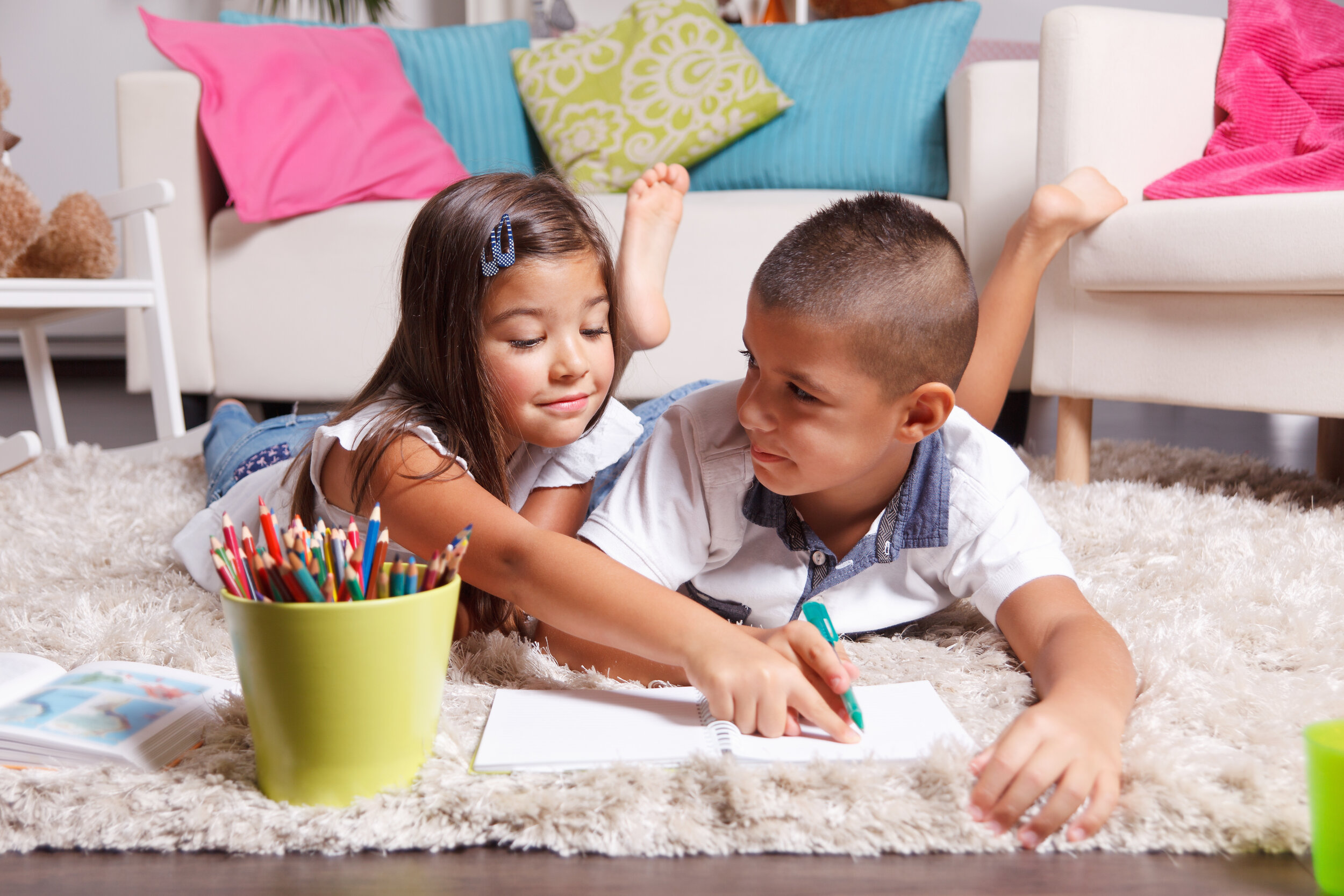Seeing the Good in Children Helps Them Flourish
Kaisa Vuorinen is the founder and CEO of Positive Learning Ltd, a company which promotes and teaches positive pedagogy. She is also internationally recognised as a positive education specialist, keynote speaker and PhD researcher in the University of Helsinki. Here she tells us what the movement is about.
What is meant by positive pedagogy?
Positive pedagogy is about applying the principles of positive psychology into education. It is a philosophy that can be applied communication, interaction and teaching. In practice, it means seeing the good in your students or in your children. Each one of us has challenges, but in spite of them we also have potential in us. While using methods of positive pedagogy, we concentrate on the latter. So, in other words, instead of concentrating on what children lack of or have challenges with, in positive pedagogy we concentrate on what is good and potential in them.
What skills positive pedagogy demands from a teacher?
Teachers should see the character strengths in their students, skills students have and understand that more the student has challenges, the more important it is to find his strengths and skills!
How positive pedagogy could help children to thrive?
In positive pedagogy the objective is that a person finds his strengths and learns to use his full potential. This naturally benefits the individual and the whole society. Especially children, who have lots of challenges, need to be reminded of their strengths and not just to be told what they lack. Students have strengths also in being curious, resilient or self-regulation, for example, and these skills are used in acquiring more specific skills such as learning to swim, read or code.
How about hierarchy between the student and the teacher? How does positive pedagogy view this?
No study has found that carrying out education, which concentrates on correcting the mistakes student does, or disgracing and threating the student, would work. This line of teaching might also harm the students’ emotional development. Studies also show that waking up the positive emotions in student by emphasizing even small achievements is related with physiological changes, which promote feelings of being safe, helps to release stress and thus makes learning more efficient.
If I want to learn more about positive pedagogy, who should I follow?
You can follow our work at www.positive.fi. Professor Martin Seligman wrote his ground-breaking book Flourish in 2011. So that should be in your reading list. Also, a psychologist Lea Waters is someone to watch, and a Nobelist James J. Heckman is worth following.
Education House Finland Team Tip: If you are a parent and wish to learn more about how to bring positivity into everyday life with your kids, let us suggest you get your hands on these fantastic books: First one is 50 Ways to Feel Happy by Vanessa King. As the name suggests, the book includes easy exercises targeted at children but suitable for every age. These exercises help the reader to see things in life in more positive light and grateful manner. The second book suggest is The Yes Brain Child: Help Your Child Be More Resilient, Independent and Creative by Dr Daniel J Siegel and PhD Tina Payne Bryson. This book helps you understand why it is important to nurture children’s “yes-brain” instead of “no-brain” and how to do it.





